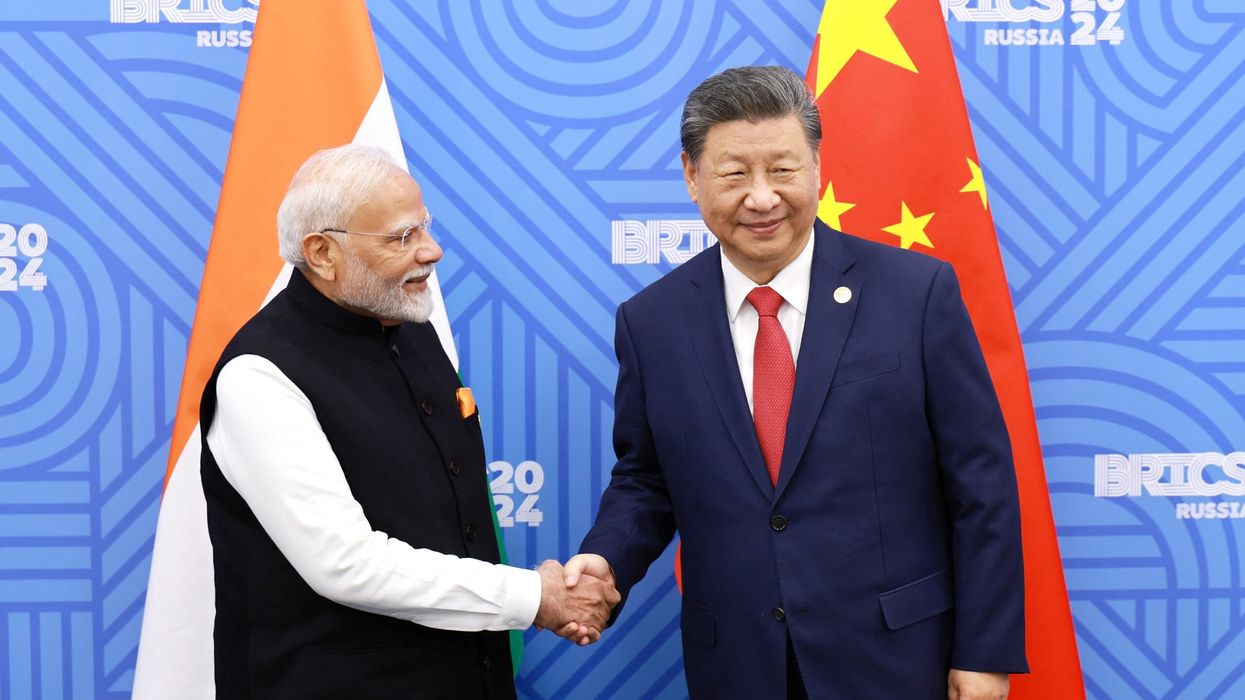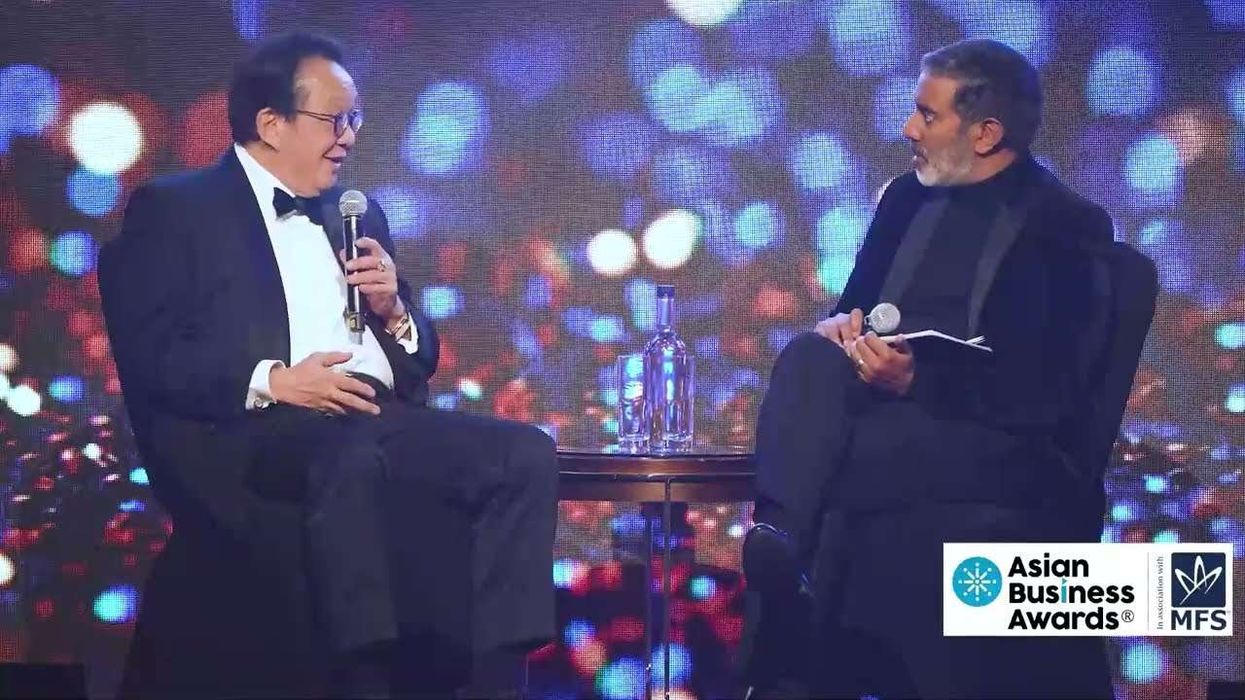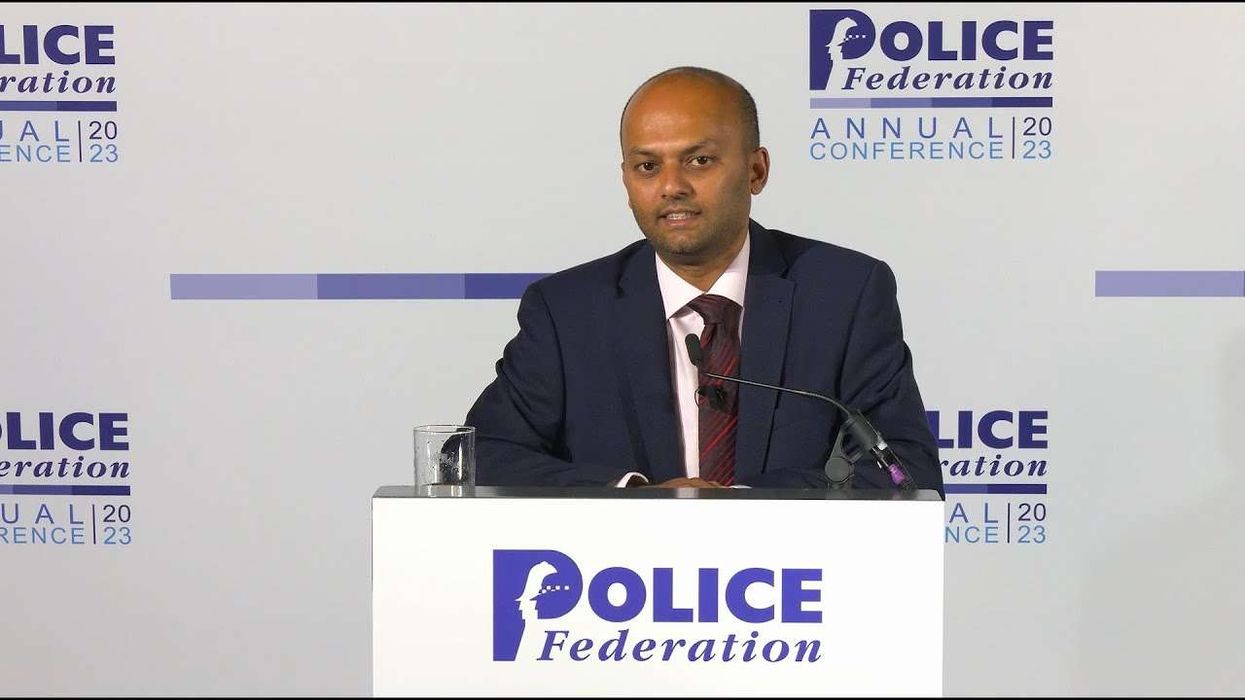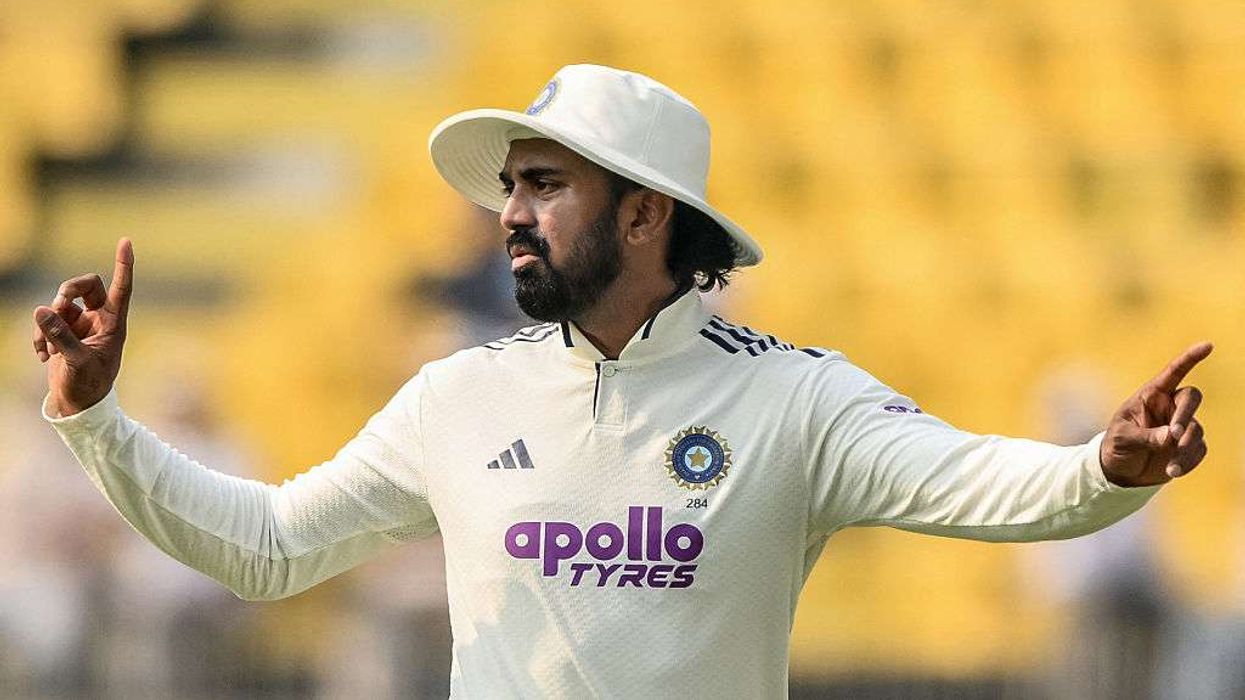CHINESE president Xi Jinping and Indian prime minister Narendra Modi agreed on Wednesday (23) to boost communication and cooperation between their countries and resolve conflicts to help improve ties that were damaged by a deadly military clash in 2020.
The two leaders met on the sidelines of the BRICS summit in Russia for their first formal talks in five years, signalling that ties between the Asian giants have begun to recover from the diplomatic rift caused by the clash along their disputed Himalayan frontier.
The meeting in the city of Kazan came two days after New Delhi announced that it had reached a deal with Beijing to resolve the four-year military stand-off in the Himalayan region of Ladakh.
The two sides should strengthen communication and cooperation, resolve conflicts and differences, and realize each other's development dreams, Chinese state broadcaster CCTV reported Xi as telling Modi.
In response, Modi told Xi that maintaining peace and stability on their frontier should be a priority, and that mutual trust, respect and sensitivity should be the basis of the relationship.
"We welcome the agreement on the issues that had come up over the last four years," Modi told Xi in comments that were aired on India's state broadcaster Doordarshan.
"It should be our priority to maintain peace and tranquility on the border. Mutual trust, mutual respect and mutual sensitivity should be the basis of our relationship," Modi said.
Relations between the world's two most populous nations - both nuclear powers - have been strained since a clash between their troops on the largely undemarcated frontier in the western Himalayas left 20 Indian and four Chinese soldiers dead in 2020.
The neighbours increased their military presence along the icy frontier since, adding tens of thousands of troops and weapons over the last four years.
Modi and Xi had not held formal bilateral talks since although they both participated in multilateral events. Their last bilateral summit talks were held in October 2019 in the southern Indian town of Mamallapuram.
The two spoke briefly on the sidelines of the G20 summit in Bali in November 2022 and exchanged courtesies. They spoke again on the sidelines of the BRICS summit in Johannesburg in August 2023 but ended up releasing different versions of the conversation, indicating the two sides didn't see eye to eye.
Xi skipped the G20 summit hosted by New Delhi the following month, a decision seen as another setback to their relations.
Diplomatic efforts gained momentum in recent months after foreign ministers of the two countries met in July and agreed to step up talks to ease the border tensions.
As India had made improving the wider political and damaged business ties contingent upon finding a solution to the border stand-off, Wednesday's talks between the two leaders are expected to result in potentially more Chinese investment into India.
New Delhi had increased the scrutiny of investments coming from China, blocked direct flights between the two countries and had practically barred issuing any visas to Chinese nationals since the Ladakh clashes.
(Reuters)







 Holiday fans celebrate Leona Lewis' One More Sleep topping the UK streaming charts Youtube Screengrab
Holiday fans celebrate Leona Lewis' One More Sleep topping the UK streaming charts Youtube Screengrab 






